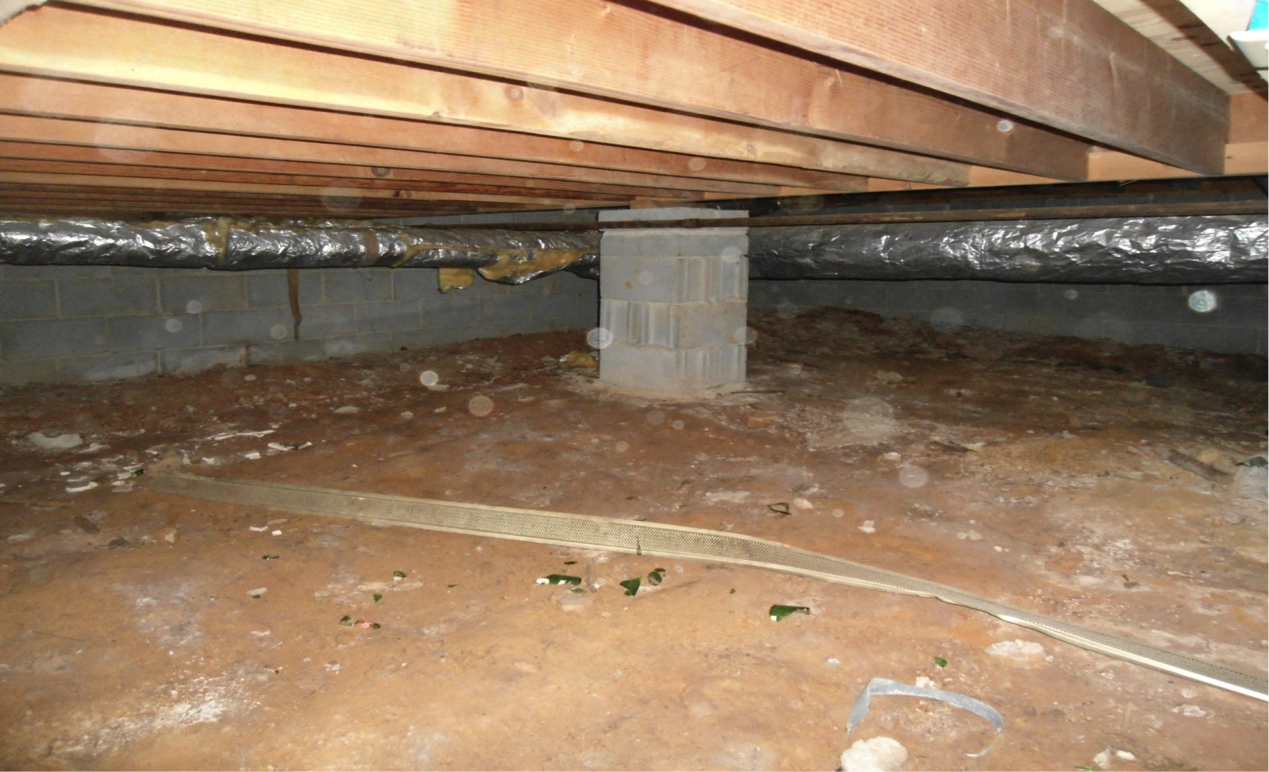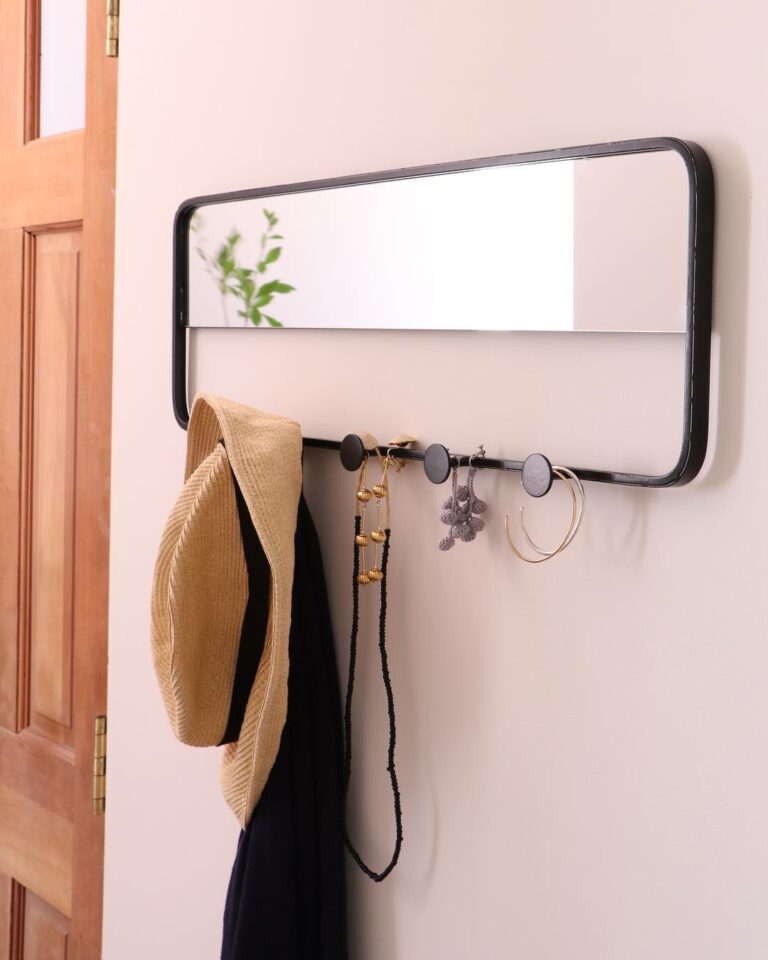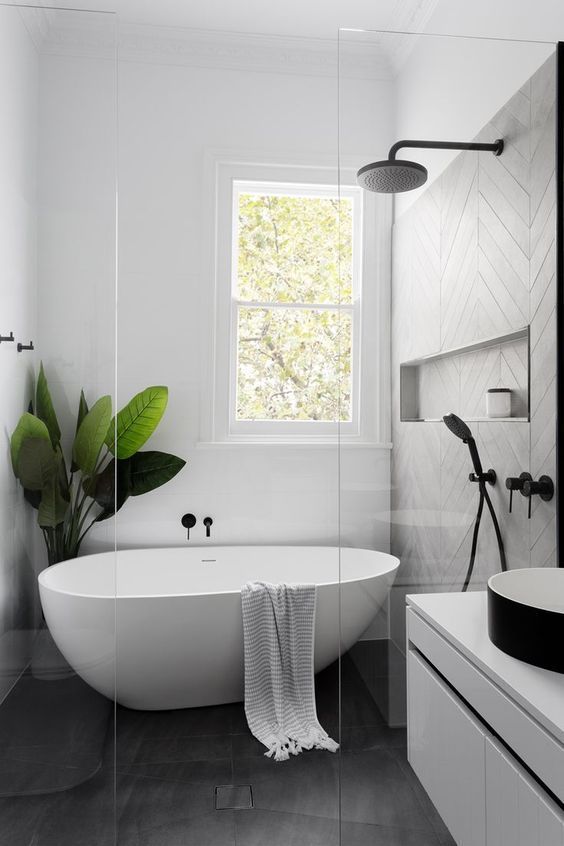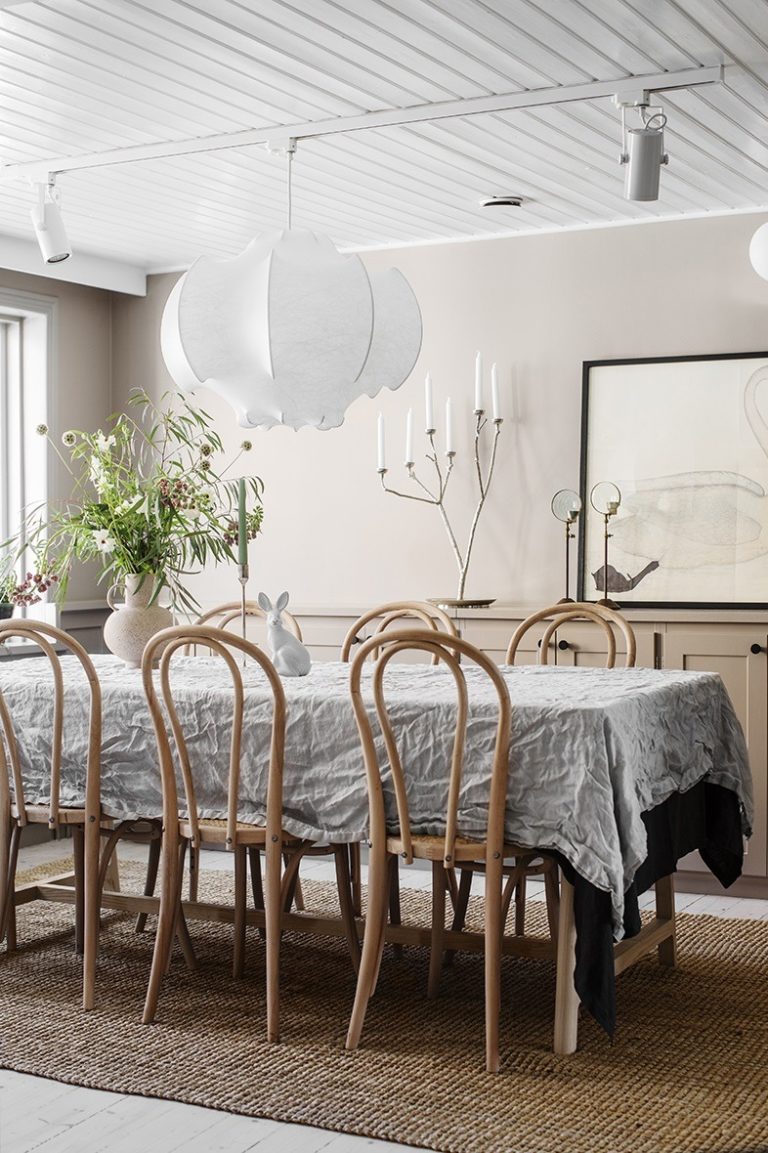How To Install A Dehumidifier In Your Crawl Space
Crawl spaces can be notoriously damp which makes them a prime spot for mold, mildew, and all sorts of pests to live. If left untreated, this can cause immense damage to the structure of your home and your health. One of the best options to prevent that is to install a dehumidifier. In this post, we’ll guide you through the process of installing a dehumidifier in your crawl space to help you yanked the humidity right out of there.
Do Your Research
The kind of dehumidifier you pick depends on the conditions and the size of your crawl space. Before you decide, look for reviews that provide an excellent guide to the best crawl space dehumidifier and compare several models together to make sure you purchase the best one for your space. It’s highly recommended that you choose an energy-efficient one that doesn’t require a lot of maintenance because you won’t like having to squeeze in and out of your tight crawl spaces every other day to maintain your dehumidifier.
Pick the Right Location
After choosing the right dehumidifier, you need to consider where to install it. The best place for a dehumidifier is one where the discharged airflow is not blocked and where it can be easily drained. Keep in mind that some dehumidifiers can be noisy so you need to consider this before placing it in places where noise may be a nuisance.
A concrete wall with an even surface would be ideal to ensure that no standing water is trapped in the internal drain pan. The dehumidifier’s location should also be one that’s convenient to reach for seasonal maintenance and cleaning
If your crawl space is U-shaped place the humidifier in the middle but if it’s rectangular, place it at either end. In both cases, you’ll have to use flexible ducting to separate the intake air from the exhaust air
In case of a divided crawl space, use flexible ducting to extend the exhaust from one area of your space to the other. To create a path for intake air to circulate between the divided sections, you’ll probably need to drill holes in the dividing walls.
Set and Monitor the Humidity Level
Next, it’s time to plug in your dehumidifier and choose the desired humidity level, the ideal range for crawl space humidity is between 50%-60%. After setting the preferred humidity levels, the dehumidifier will work accordingly to keep moisture levels close to this value.
After you have everything set, all you have to do is keep an eye on the humidity levels. The good news is, you can use a wireless hygrometer to do so without having to enter the crawl space. By showing you the temperature and humidity levels in your crawl space, the wireless hygrometer will allow you to know if you need to make adjustments to your dehumidifier’s settings.
Humidity in a crawl space is a recipe for disaster, one that you can be avoided by encapsulating the humid air using a dehumidifier. If you’re facing a humidity issue, this guide will help you figure out how to install a dehumidifier in your crawl space and get your peace of mind back.







